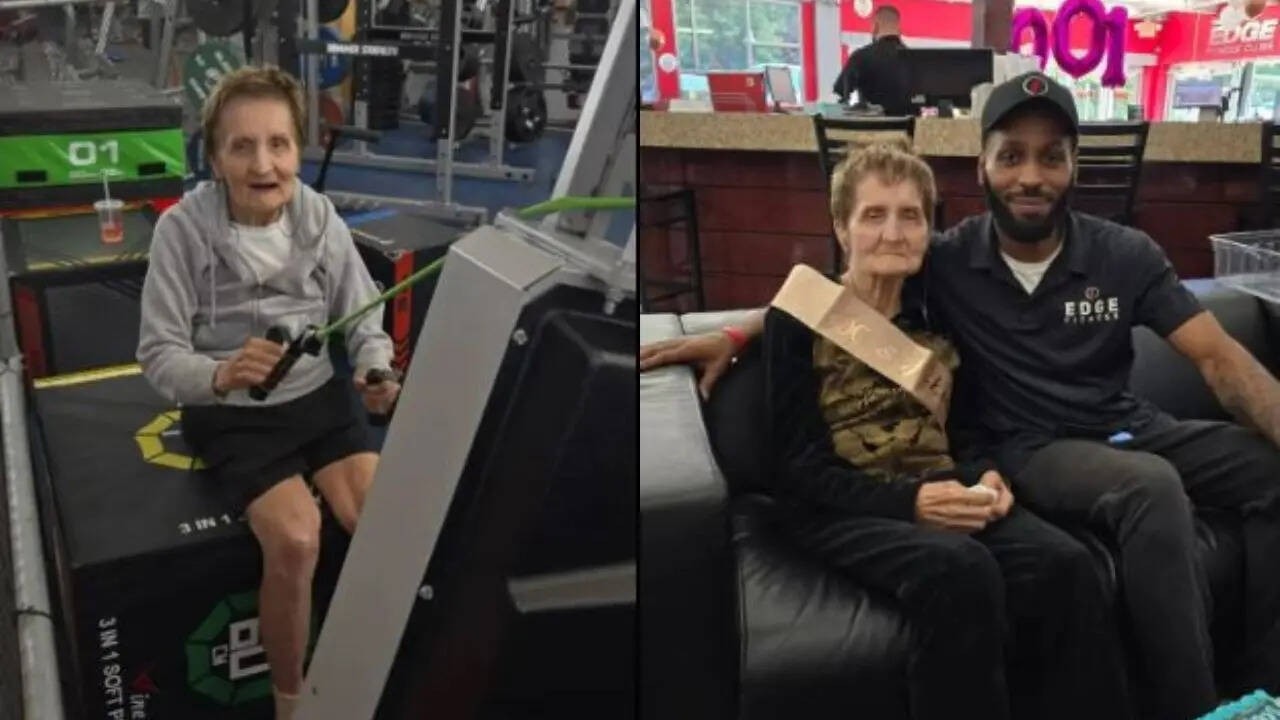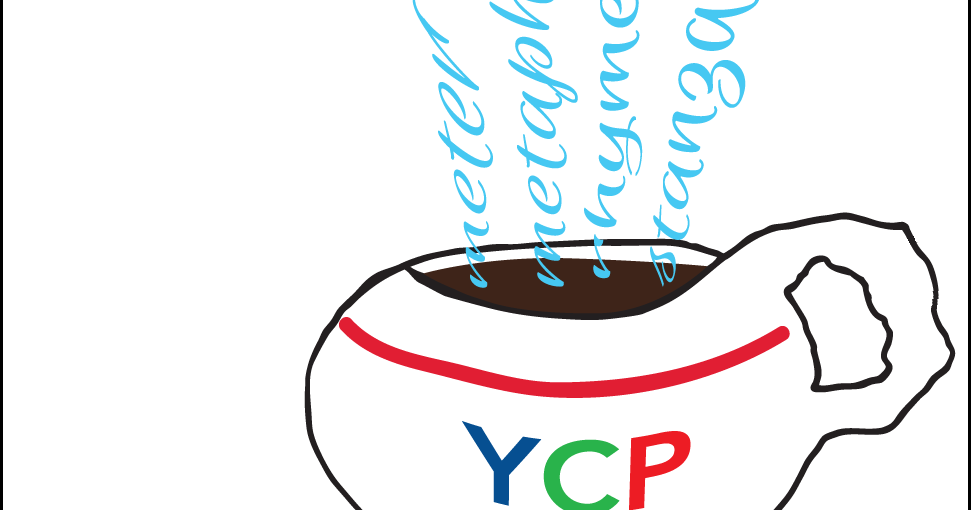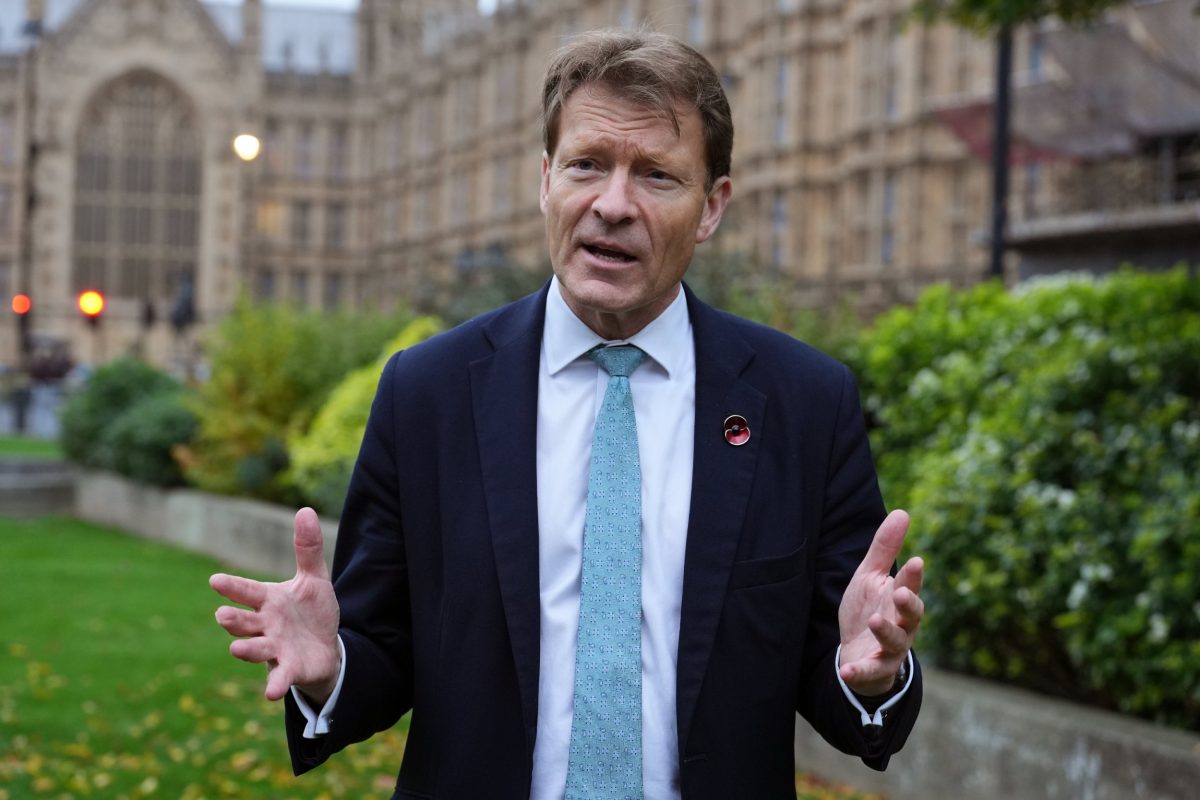Summary
A centenarian recently celebrated her 100th birthday at her favourite place- the gym lifting weights and exercising. Mary Coroneos trains multiple times a week, focusing on strength, mobility, and longevity. Her trainers have thoughtfully created her workouts to match her energy levels, emphasizing strength, mobility, and longevity.
Source: Times Now News

AI News Q&A (Free Content)
Q1: How does exercise contribute to longevity, particularly in the elderly population?
A1: Exercise is widely recognized for its benefits in enhancing longevity, especially among older adults. It improves cardiovascular health, strengthens muscles, and enhances mobility, all of which are crucial for maintaining independence in later years. Regular physical activity, such as the routines followed by Mary Coroneos, can reduce the risk of chronic diseases and improve overall life expectancy. Even moderate exercise like walking or light resistance training has been shown to significantly reduce the risk of frailty and pre-frailty in seniors.
Q2: What are the specific exercises that Mary Coroneos performs, and how do they support her health at 100?
A2: Mary Coroneos engages in a regimen designed to match her energy levels, focusing on strength, mobility, and longevity. Her workouts include high repetitions with resistance bands, light weights, and machines, such as seated rows, leg extensions, reverse flies, and pulldowns. A key exercise is the 'sit to stand' move, which is associated with better mobility and reduced mortality risk. This routine helps maintain her physical function, balance, and overall well-being.
Q3: What does recent research indicate about the role of neighborhood environments in promoting physical activity among older adults?
A3: Recent studies highlight the importance of supportive neighborhood environments in encouraging physical activity in older adults. Research shows that accessibility factors in neighborhoods can decrease the risk of frailty, as substituting sedentary time with physical activities like walking is associated with lower frailty risk. These findings underscore the need for community planning that promotes outdoor activities and social interactions among seniors.
Q4: How does Mary Coroneos' approach to fitness reflect broader trends in senior health and exercise?
A4: Mary Coroneos exemplifies a growing trend among seniors who prioritize strength and mobility as they age. Her approach aligns with current health recommendations that emphasize regular, moderate-intensity exercise to maintain physical health and reduce disease risk. This trend highlights a shift towards proactive health management among older adults, focusing on maintaining quality of life through structured exercise programs.
Q5: What is the significance of the 'sit to stand' exercise for elderly individuals like Mary Coroneos?
A5: The 'sit to stand' exercise is a key indicator of lower body strength and balance, crucial for elderly individuals. It involves rising from a seated position without using hands, which correlates with better mobility and reduced mortality risk. Studies have linked the inability to perform this exercise with higher mortality, making it a valuable tool for assessing functional health in seniors.
Q6: What cultural or psychological factors might contribute to Mary Coroneos' longevity and vigor at 100?
A6: Cultural and psychological factors such as social connections and a positive mindset contribute significantly to longevity. Mary Coroneos' active social life and engagement with her community likely support her mental and emotional health, complementing her physical fitness regime. These factors are known to enhance life satisfaction and resilience, important for maintaining health and vitality in old age.
Q7: How does the example of Mary Coroneos challenge common perceptions of aging and physical capability?
A7: Mary Coroneos challenges stereotypes about aging by demonstrating that physical capability can be maintained well into centenarian years. Her story defies the notion that advanced age equates to frailty or inactivity. By lifting weights and maintaining a rigorous exercise routine, she exemplifies the potential for elderly individuals to lead active, fulfilling lives, inspiring others to rethink limitations associated with aging.
References:
- Exercise
- Longevity
- Association between perceived neighborhood environment, sedentary behavior, walking, and moderate-to-vigorous physical activity and frailty: an isotemporal substitution model.






